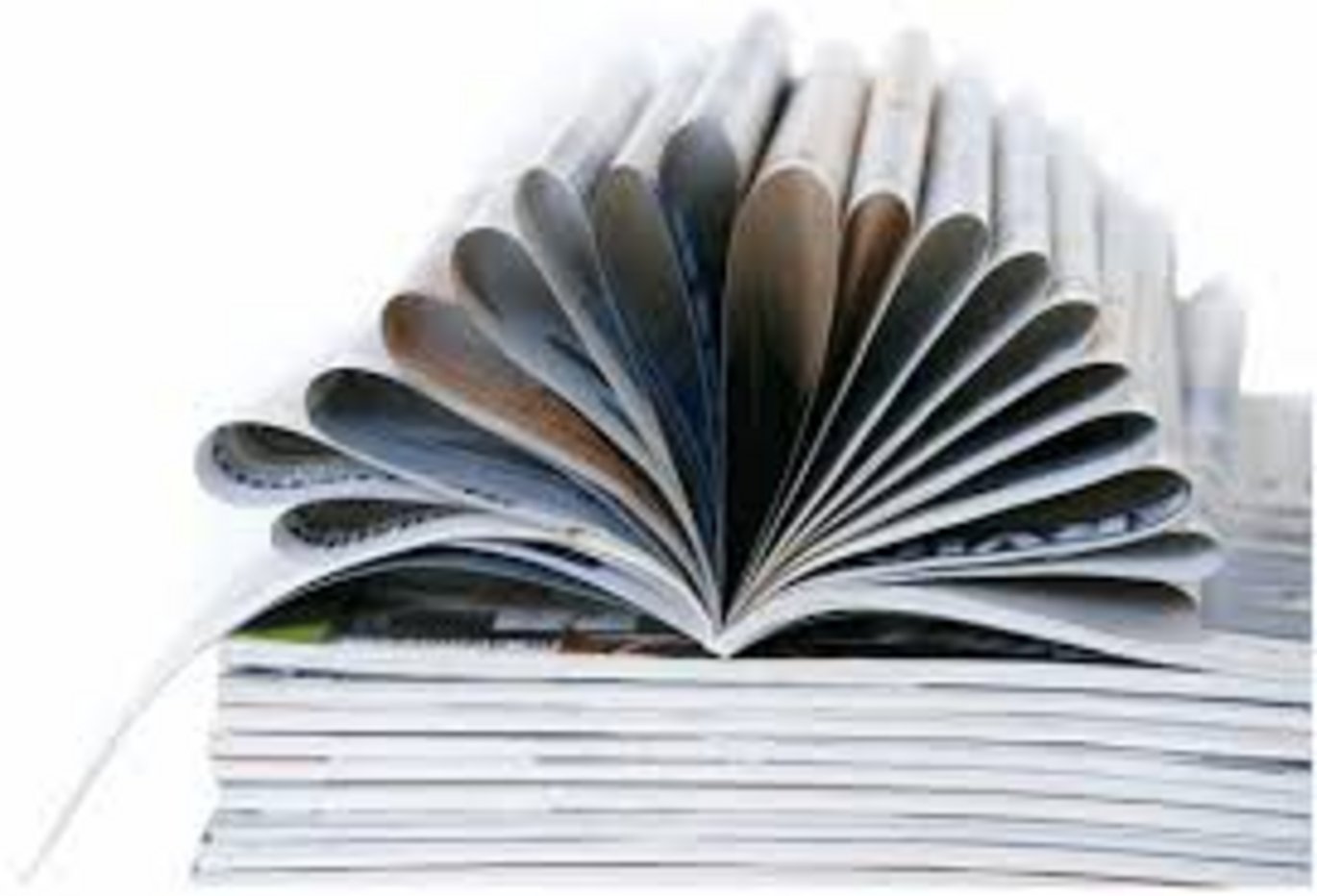Circular Economy in the Roman Period and the Early Middle Ages – Methods of Analysis for a Future Agenda
New publication on circular economies by Irene Bavuso, Guido Furlan, Emanuele Intagliata and Julia Steding.

In recent years, studies on circular economic practices have multiplied. However, whenever research on premodern societies is conducted, a linear economic model (production – usage – discard) is still widely employed.
In the recently published article in the Journal Open Archaeology by the former UrbNet Postdocs Irene Bavuso, Emanuele E. Intagliata, Guido Furlan and Julia Steding, the authors advocate for the inclusion of circular models into the research on economies’ functioning and propose methods of analysis for the future. This will greatly help the understanding of ancient and medieval economies and bring sustainable processes to the foreground of the discussion.
The article offers an overview of reuse practices, such as recycling, maintenance, and repair, as well as different practices connected to it, such as scavenging or hoarding. The article considers both archaeological and historical sources in the following discussion of how to approach circular practices, offering a range of methods and theoretical approaches to the topic. The different stages of research in which circular economies need to be considered are addressed, covering the research agendas, gathering, and processing of data and the data accessibility. One example are the focus areas of excavations; when including waste mounds and dumping sites to the excavation of urban sites, more material to the study of circularity will inevitably come to light. Another example is the re-reading of written sources and archival materials with the question of circularity in mind, offering new insight through the change of focus and perspective.
In other words, when wanting to study circularity of economic systems, the research questions, archaeological fieldwork, as well as the use of archival and written sources need to be rethought to allow for a more holistic and vivid picture of premodern economies. Only when asking the right questions and applying the right methods, we will be able to get closer to an understanding of how past societies used the resources available to them.
The article has been published as open access and can be read here: https://doi.org/10.1515/opar-2022-0301
The author’s research aligns with the research conducted at UrbNet on urban developments in the past and ties into a conference that was held at Moesgaard Museum in September 2022 with the topic of “Invisible Circularity from the Roman Period to the Middle Ages”. The conference proceedings are underway and will soon be published with Oxbow under the title Economic Circularity in the Roman and Early Medieval Worlds: New Perspectives on Invisible Agents and Dynamics.
Further reading on the topic of circular economy in premodern economies:
Intagliata, E. E. (2021). ‘Reuse of building material and sculpture in late antique and early Islamic Palmyra (273-750 CE). An overview of the practice and several remarks on the evidence from the Sanctuary of Baalshamin’, Syria 98, 419-438. DOI: https://doi.org/10.4000/syria.13632.
Furlan, G. (2023). ‘Aspects of circular economy on an urban and inter-urban scale in the Roman age: towards a more holistic model’, Thiasos, 12, 341-366. Available at: http://www.thiasos.eu/en/aspects-of-circular-economy-on-an-urban-and-inter-urban-scale-in-the-roman-age-towards-a-more-holistic-model/
Furlan, G., & Andreatta, C. (2023). ‘Waste Nothing: The Impact of Glass and Metal Recycling in Imperial Roman Towns’, European Journal of Archaeology, 1-19. doi:10.1017/eaa.2023.25.
Andrade, N. & Raja, R. (eds.) (2023). Exchange and Reuse in Roman Palmyra. Examining Economy and Circularity. Turnhout: Brepols.
